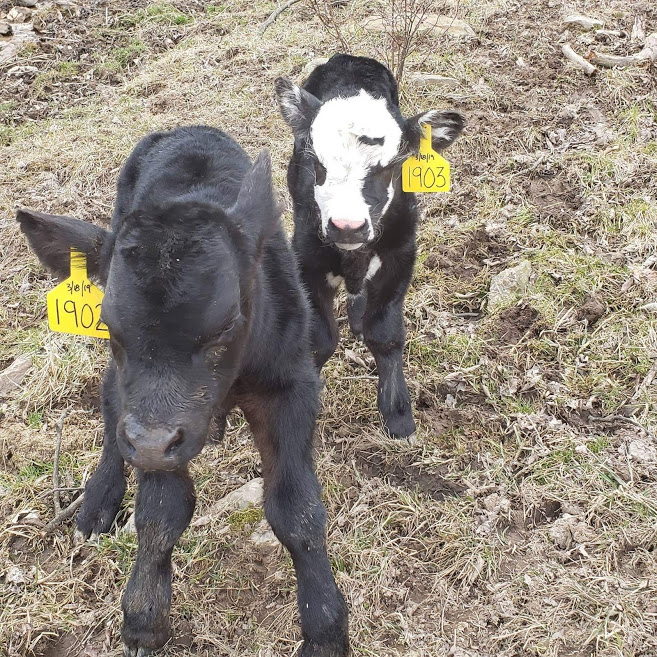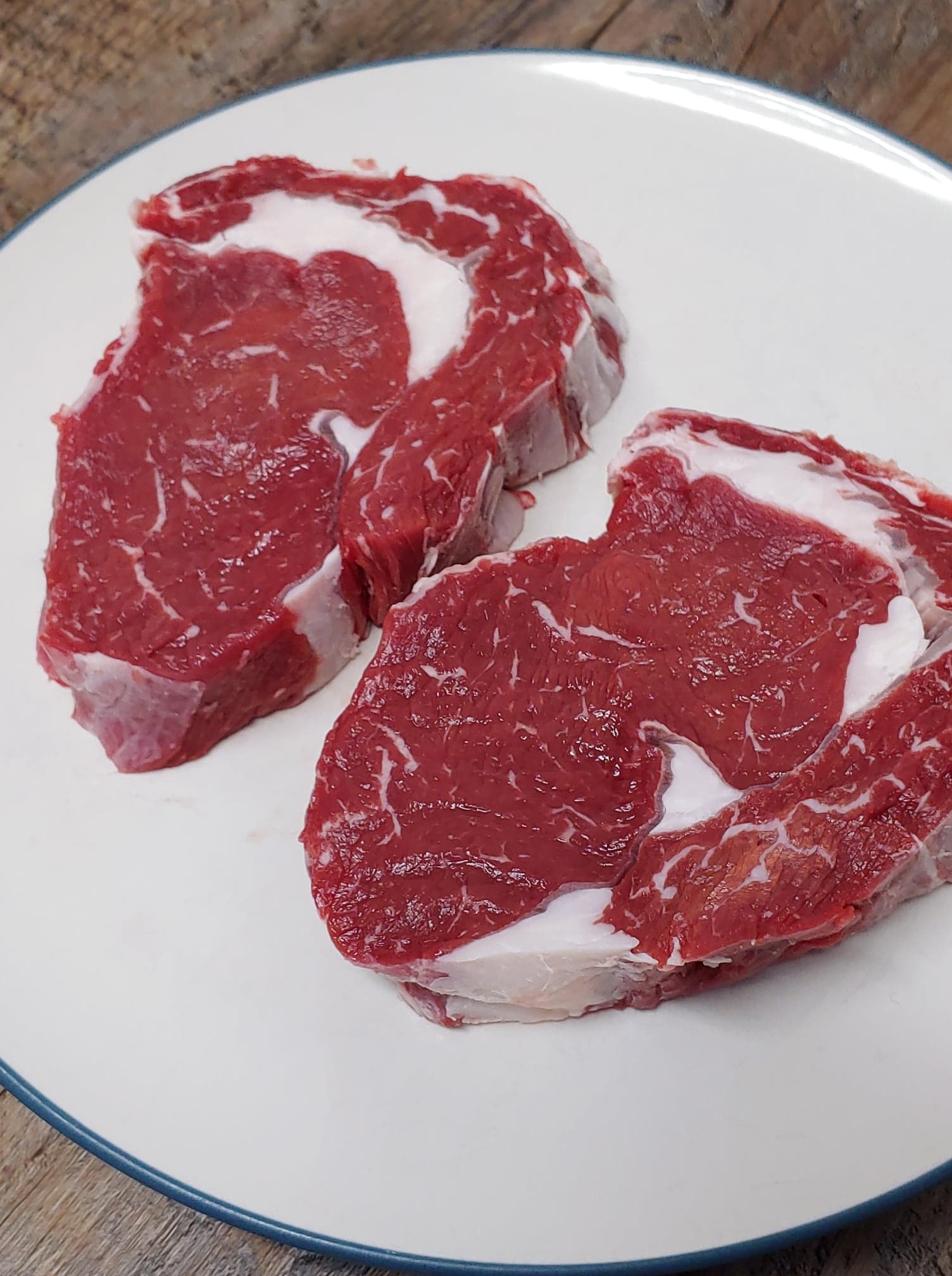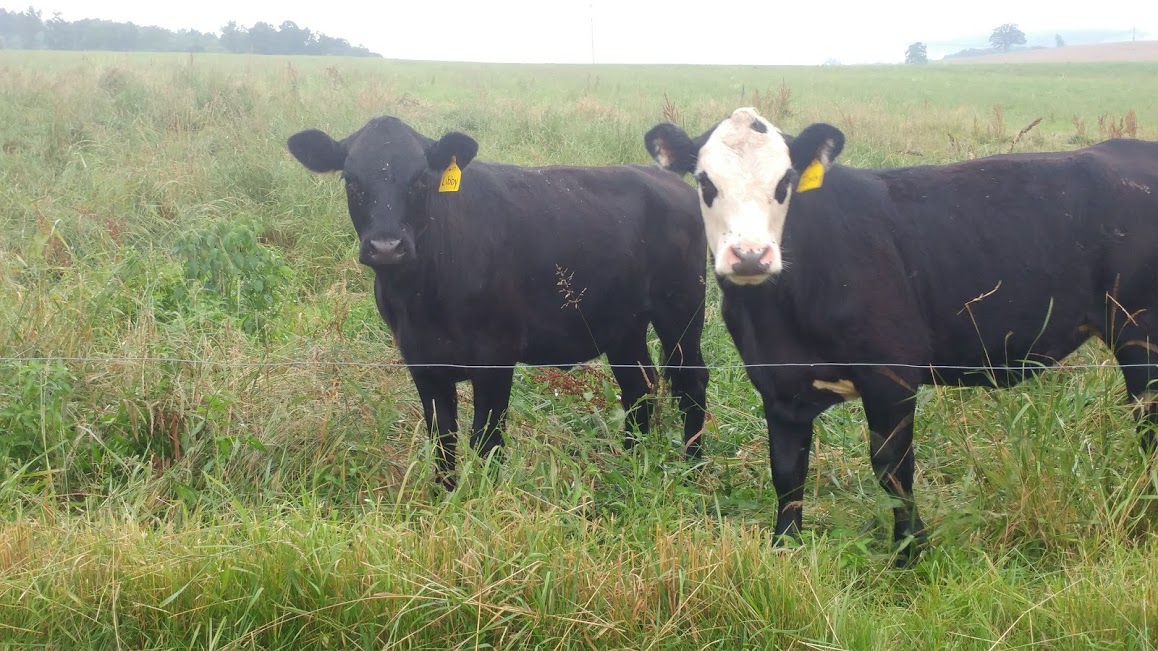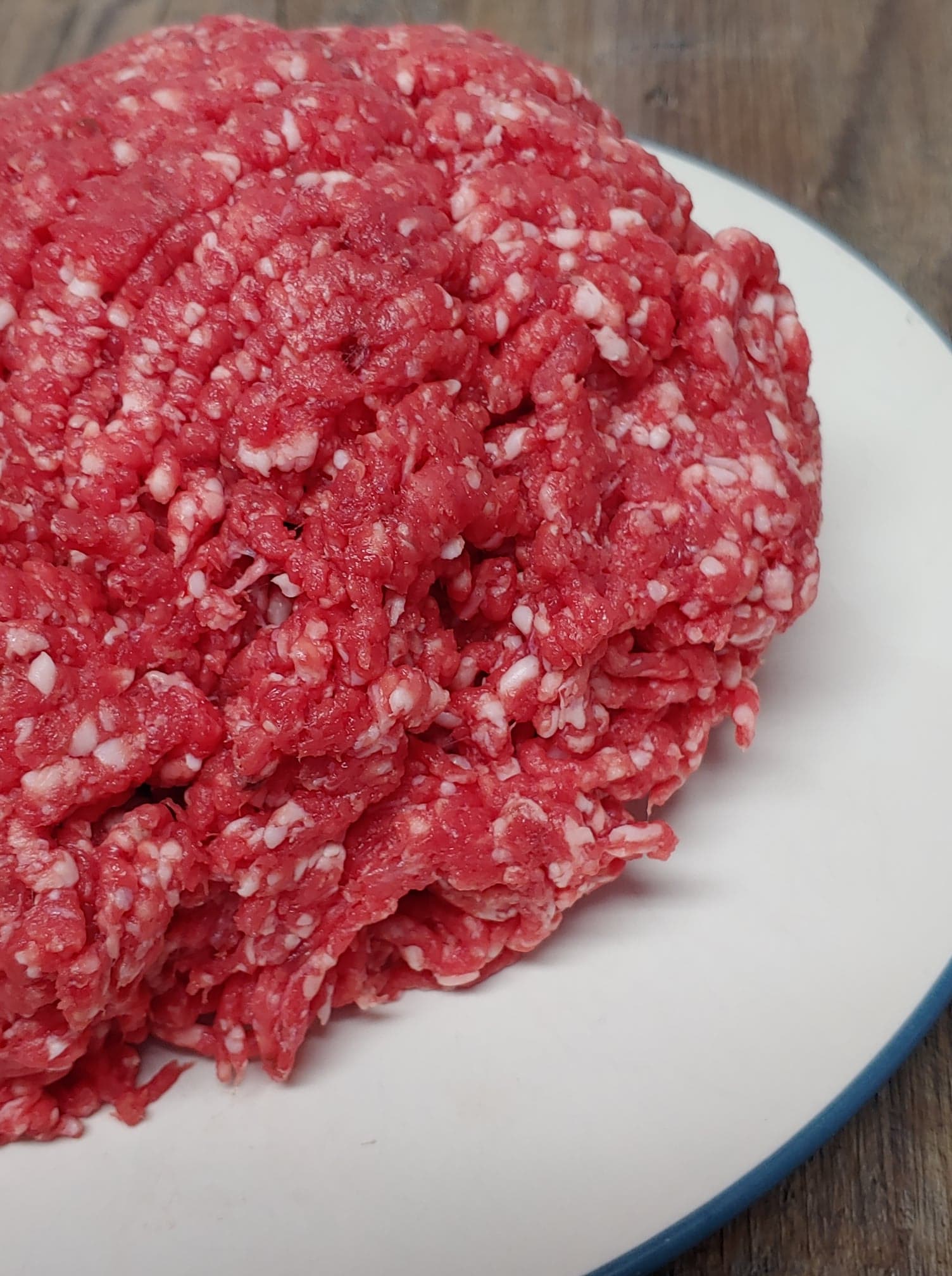Angus-Cross Beef
Our Angus-Cross Beef herd got started in 2011 when Phil purchased a bull and heifer off of our good friends Glenn and Megan Werner who own G&M Family Cattle located in Smith Valley, PA. We named those cows Mike and Molly (yes after the popular sitcom of the same name during that time frame). The “M” names have since stuck for some reason as most of their offspring and other proceeding cows have continued to all have names starting with a M!
Now you maybe wondering why we have Angus-Cross beef and not a “registered” or purebred cow (though we do have some). Well, when it comes time to breed, we aren’t necessarily always looking for the “best in show” cow to compete at a fair and such with. We do however keep an eye out for certain genetic characteristics, some of which include the size of the calf when its born (especially important for a first time Heifer), the docility of the bull in which fathers the calf, and perhaps the most important part the quality of marbling in the meat itself!
Believe it or not there are catalogs filled with statistics of the bull’s specimen to choose from (we use Select Sire). You may be also wondering then if that means that we always AI (artificially inseminate) our cows. No, not always; but until our herd size is built up to where we would like it to be, we need to make sure we have a rotation in our bulls. While some beef producers practice line breeding with their cattle, we however do not.
Once bred the majority of our calves are born between February and May. Once the calves are born we keep them with their mothers until we start weaning them around 6 months of age. We feel that this is the best start to an all-natural process. Once weaned those calves are then kept together to form a new group of our herd. Out of that grouping we then select the ones that we would like to keep as replacement heifers and the rest will be then raised for market or sold.
While all of our cattle are grazed, the beef raised for market are given a non-GMO and antibiotic free feed that consist of Barley, Silages, Forages, Grasses, and Hay; all of which are grown on our own property! But it is simply not just how our cows are fed that is important, but also how our cows are butchered which also accounts for the best quality meat.
All of our beef is dry aged for 7-10 days. This is an expensive and time consuming process and is consequently priced much higher at most locations. However, the aging process is vital to helping enhance the tenderness and flavor of the meat by allowing the natural enzymes to break down the muscle tissue.




